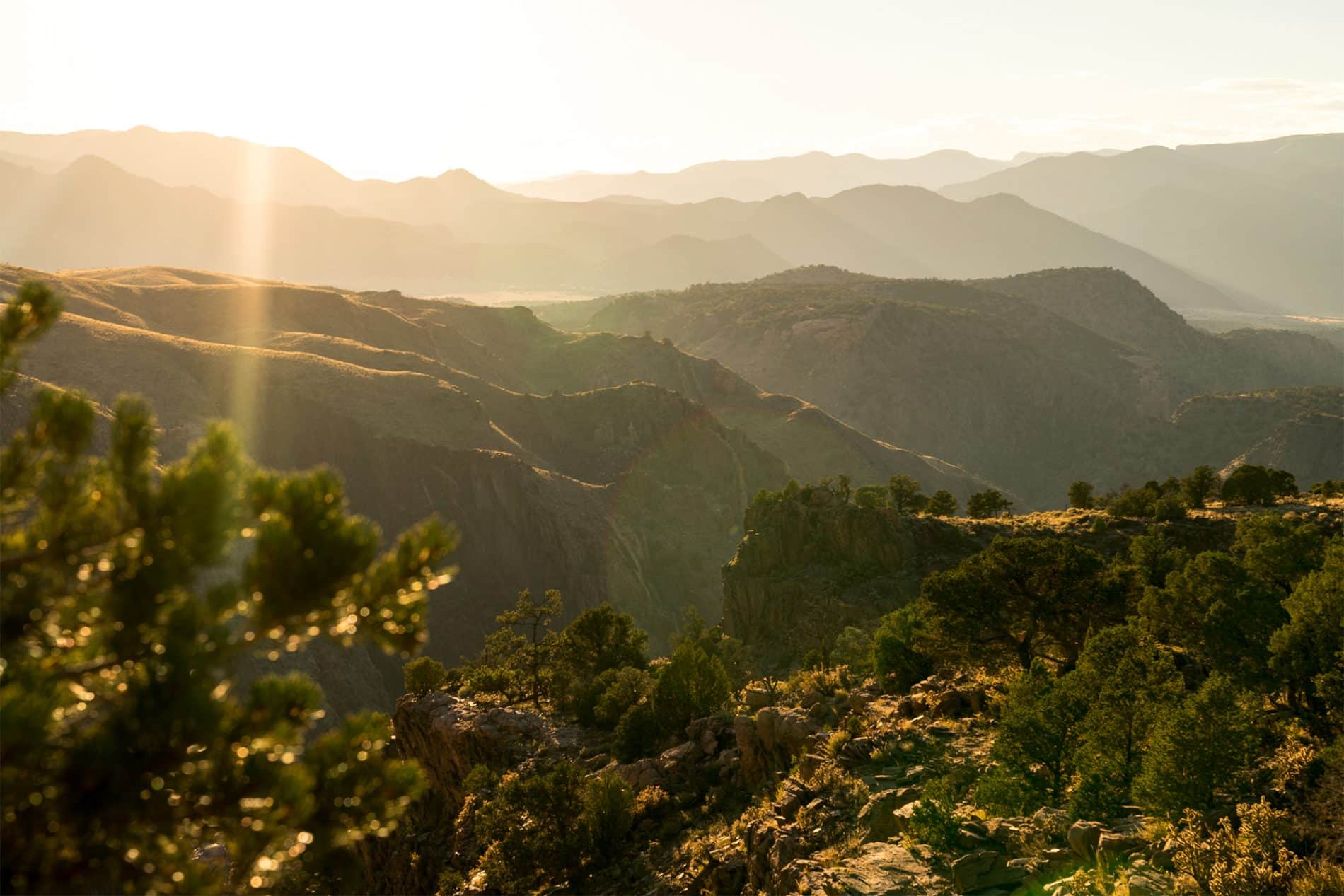Penrose
Nestled in the heart of Fremont County, less than twenty minutes from Cañon City, Penrose is a charming agricultural community ideal for getting away from the hustle and bustle of daily life. Picturesque landscapes, a rich farming history, small-town Colorado charm, and ample opportunities for outdoor recreation await.
Among popular things to do in Penrose are visiting vineyards and wineries, hitting Dakota Hot Springs, and skydiving. The area also offers exceptional wildlife viewing, camping, stargazing, hiking, fishing, horseback riding, OHVing, and several delightful places to dine or unwind with a drink and good company.
It’s always the right time to visit Penrose, but the annual Apple Day Celebration, which occurs the first weekend in October, is especially exciting. One can trace the origins of Apple Day all the way back to 1935 when School Superintendent Robert Peterson hosted a softball tournament that coincided with the local apple harvest. Fast forward to today, where attendees enjoy apple-themed activities, a parade, a street fair, live music, a free slice of apple pie, and more.
